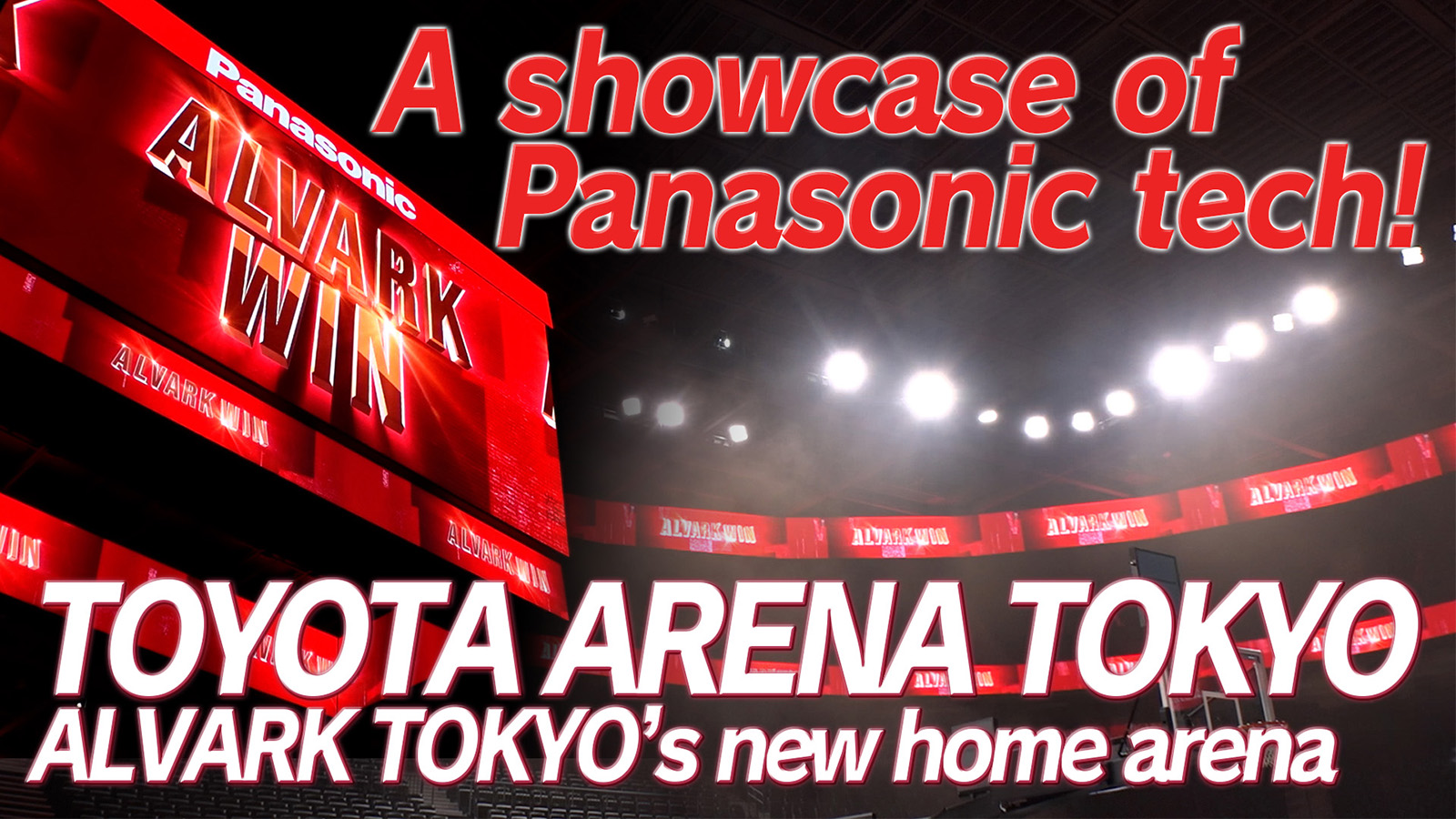
Nov 12, 2025
- Products & Solutions
- Stories
- Business Solutions
- Electronic Materials/Devices
- Sports
Mar 05, 2021
Products & Solutions / Press Releases
Tokyo - Panasonic Corporation and UDS Ltd. have installed a new accommodation experience solution, called (MU) ROOM, that provides mindfulness activities through a meditation program at HOTEL ANTEROOM KYOTO in Kyoto City operated by UDS, and developed an accommodation plan. The companies started a joint evaluation of the plan’s acceptability and the benefits to hotel management on March 2, 2021.
Due to changes in people’s sets of values and reforms to the legal system more and more accommodation facilities are providing special experiences rather than just a place to stay. Panasonic has set its eyes on the concept of mindfulness*1 that is becoming popular throughout the world. Using mist, light, sounds, fragrances and Panasonic’s array of technologies to control indoor environments, the (MU) ROOM accommodation experience solution has been developed an experience that stimulate the sense and creates the optimal mindfulness space. HOTEL ANTEROOM KYOTO believes that by utilizing the (MU) ROOM it will in addition to the perspectives of art and tourism provide an accommodation experience pursuing relief from stress and a balanced heart, and hopes to take an approach from the angle of a hotel that responds to social issues.
The (MU) ROOM creates a space around two-and-a-half to four-an-a-half tatami mats in size in which, intentionally, nothing is placed, and in line with the meditation program overseen by Professor Hiroaki Kumano of Waseda University’s Faculty of Human Sciences, the room environment is controlled with a combination of mist, light, sounds and fragrances that induce a meditative state. Professor Kumano says that: “There is one type of meditation in which the purpose is that the meditator focuses on their feelings and experiences a deep world in their inner selves, and another type of meditation in which the purpose is to sharpen the five senses and feel as though one is existing together with the world. Through the control of spatial environments it has become easier for even novice meditators to experience both types.” In addition, the physical data of guests when using the program will be measured, and meditation scores*2 provided by a dedicated smartphone application.
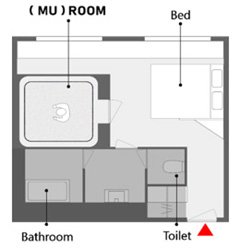

The meditation program comes in two types with different effects.
The purpose of “concentrative power meditation” is to nurture concentrative powers by focusing awareness on one single thing and sharpen the heart and mind. The purpose of “awareness meditation” is to nurture awareness by widening the meditator’s perspective and help them gain a feeling of the world extending to all of its corners.
By selecting these programs using a dedicated application, for a period of 30 minutes the audio guidance combined with the silky fine mist*3, the system adjusting the lighting, color and images, the sound and aromas change the spatial environment and lead to a deep meditative state.

In the (MU) ROOM a physical measurement device records the user’s pulse and breathing during the experience, and a uniquely developed algorithm calculates a score for the meditative state. Furthermore, based on responses to questions made using the application changes in sense of fatigue, tension and refreshment before and after the experience are also calculated. With a combination of advice for further meditation in the future regarding the results and the changes in the graph showing the meditative state are displayed on the application, providing support for checking.
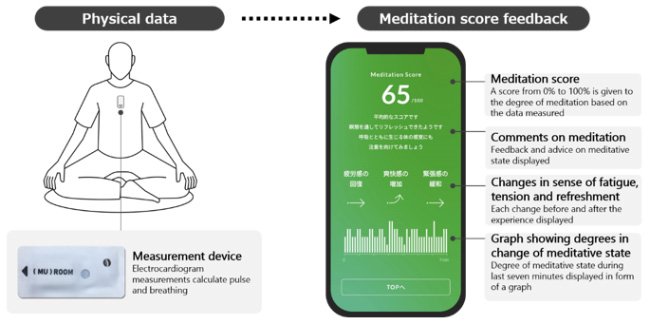 Cooperation in device development: AffordSENS Corporation
Cooperation in device development: AffordSENS Corporation
The algorithm for scoring meditation was developed after conducting experiments on experiment subjects from February to September 2020.
The verification work was conducted under the instruction of Masahiro Fujino, Program-Specific Assistant Professor at the Kyoto University Open Innovation Institute.
The mist is a dry mist with a minimal sense of moisture created by ultra-fine particles measuring around 6 µm in diameter, which are sprayed out of a uniquely developed twin fluid nozzle. Since the particles consist of water their effect on the human body is negligible, and as they easily circulate around the room it is possible to create a space that exerts a sense of immersion by combining the mist with lighting. Moreover, since the instantaneous spraying of long-lasting aromatic essence has been enabled, it is possible to make fragrances float through the space.
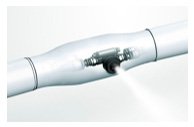
A sound environment in which the user is unaware of the position of the speakers and becomes entirely enwrapped in sound is created using high-resolution sound that provides an enhanced meditative effect on the mind and body, and enables the users to look deeply into himself or herself.
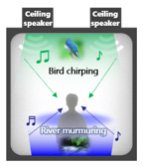
Through a twin variety of lighting configurations an array of variations is produced, creating an environment perfect for meditation. Subtle variations eliminate the sense of depth in the space, inducing an out-of-the-ordinary meditation experience.
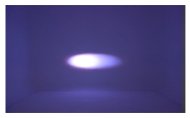
The panels are constructed so that their size can be altered to fit in the required space, and assembly of the factory-made parts enables flexibility and ease of installation.
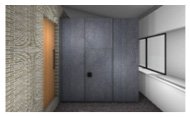
As well as providing program choices and experience support, a unique algorithm calculates medication scores based on the pulse and breathing measurement data, displaying meditation results that include changes in psychological indicators.
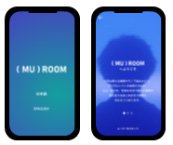 Cooperation in application development: BASSDRUM inc.
Cooperation in application development: BASSDRUM inc.Continuing to meditate produces considerable effects. Panasonic hope to aim to provide a support service for turning mindfulness activities into a habitual practice by enabling people to feel for themselves the effects of meditation in the (MU) ROOM and providing the next steps in order for them to continue meditation. With the (MU) ROOM application as the connecting point between hotel and home, Panasonic will provide a total experience branding.
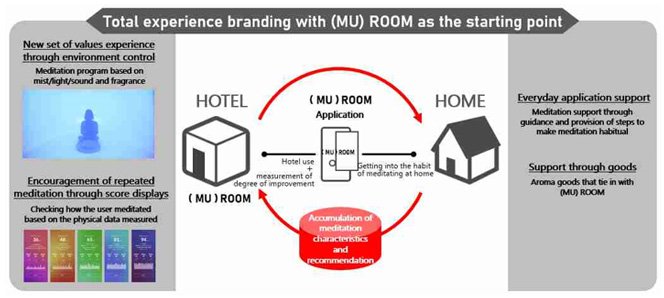
HOTEL ANTEROOM KYOTO is a hotel and apartment block planned, designed and operated by UDS (Shibuya, Tokyo), which converted what was a former student dormitory in 2011. The interior has a gallery and breakfast restaurant bar. Following further renewal work in 2016 an additional 67 rooms were created and the building now consists of 128 guest rooms and 50 apartments, adding a new sense of Japanese harmony to the hotel’s concept of “art and culture.” Perceiving these three concepts in the present continuous tense, the hotel expresses “modern day Kyoto.”
Website: https://uds-hotels.com/anteroom/kyoto

| Representative | President & CEO Kazuhito Tsuga |
|---|---|
| Headquarters | 1006, Oaza Kadoma, Kadoma-shi, Osaka |
| Established | December 15, 1935 |
| Business | Comprehensive electronics manufacturer producing, selling and providing servicing in fields ranging from components to household electricals, electrical appliances, FA equipment, telecommunications equipment, and housing-related devices |
| Website | https://www.panasonic.com/ |
| Representative | President & CEO Tetsuji Kuroda |
|---|---|
| Headquarters | 2nd floor, 1-19-19 Jingumae, Shibuya-ku, Tokyo |
| Established | February 26, 2009 |
| Business | Business planning, architectural design and outlet management relating to town planning |
| Website | https://www.uds-net.co.jp/ |
The content in this website is accurate at the time of publication but may be subject to change without notice.
Please note therefore that these documents may not always contain the most up-to-date information.
Please note that German, Spanish and Chinese versions are machine translations, so the quality and accuracy may vary.